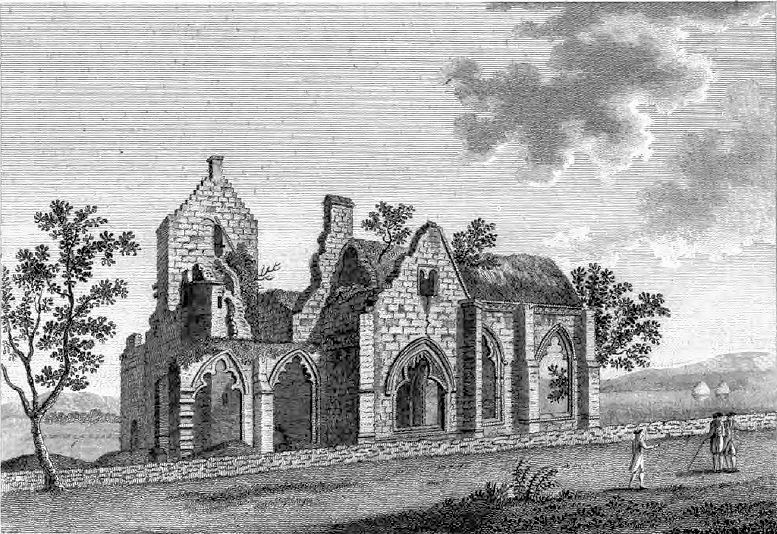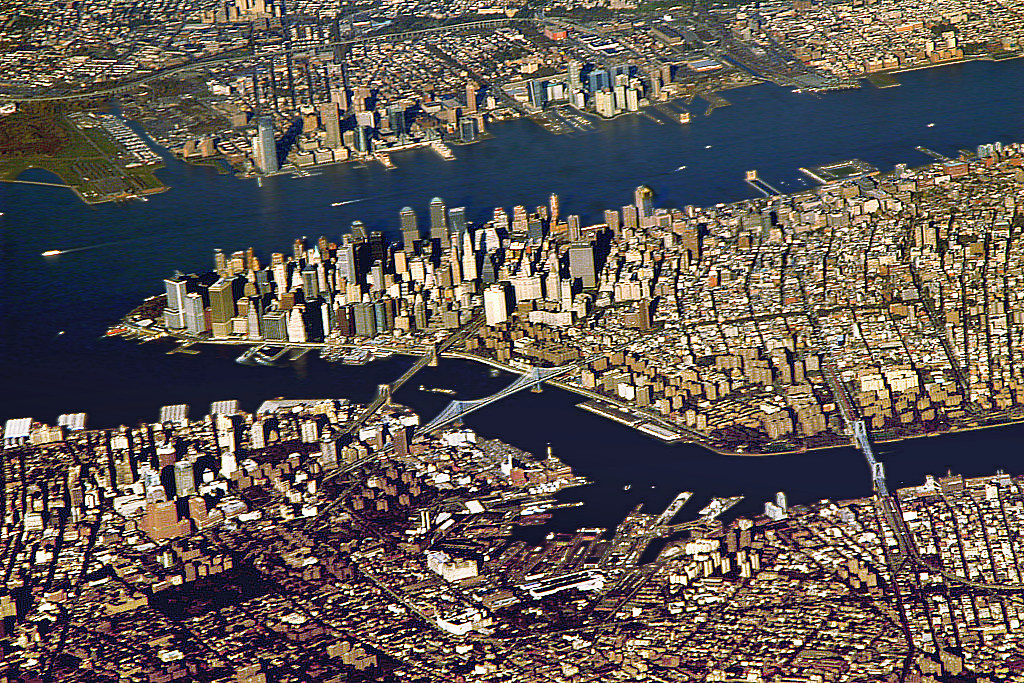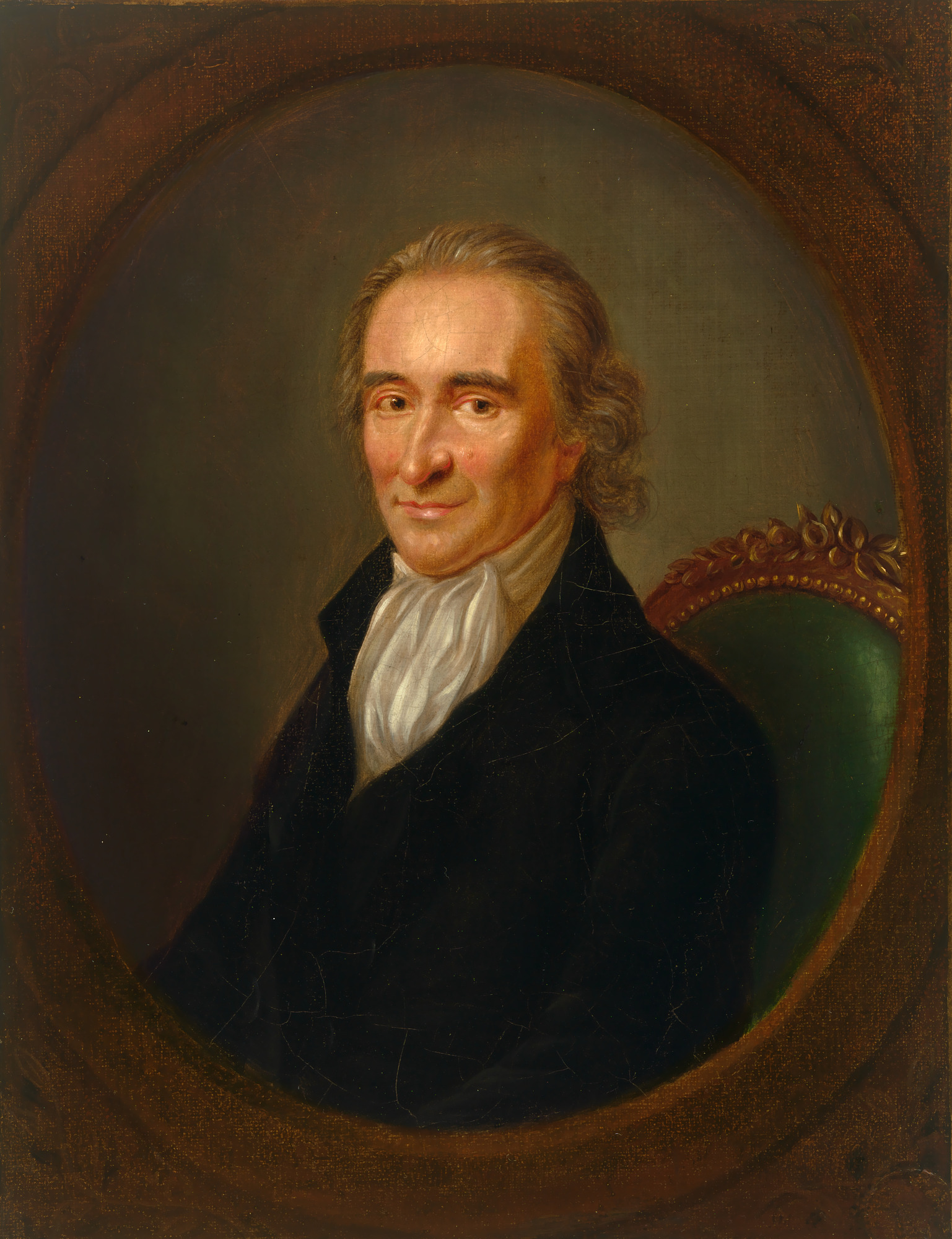|
Kingholm Quay
Kingholm Quay, commonly called the New Quay (NX975735) in the 19th century and its associated village and warehouses is located on the River Nith, once serving the town of Dumfries and its hinterland in Dumfries and Galloway. The port of Dumfries lay upstream and downstream quays were located at Laghall, Kelton, Glencaple, Carsethorn and Kirkconnell Jetty. It is not clear whether Kingholm was home to a fishing fleet of any sort. Mavisgrove Merse lay opposite. Infrastructure The quay lies on the east bank of the River Nith and has a single basin with associated red-brick, single-storey transit sheds. The basin was built to expand the number of berths rather than for shelter. Two storey dwelling houses and three-storey and attic and four bay-bay warehouses are contemporary with the 19th century improvements. Many of the moorings are made of granite, but a few are old iron cannon, set muzzle downwards into the quayside. Local knowledge indicates that these were made locally for ... [...More Info...] [...Related Items...] OR: [Wikipedia] [Google] [Baidu] |
Dumfries
Dumfries ( ; sco, Dumfries; from gd, Dùn Phris ) is a market town and former royal burgh within the Dumfries and Galloway council area of Scotland. It is located near the mouth of the River Nith into the Solway Firth about by road from the Anglo-Scottish border and just away from Cumbria by air. Dumfries is the county town of the historic county of Dumfriesshire. Before becoming King of Scots, Robert the Bruce killed his rival the Red Comyn at Greyfriars Kirk in the town on 10 February 1306. The Young Pretender had his headquarters here during a 3-day sojourn in Dumfries towards the end of 1745. During the Second World War, the bulk of the Norwegian Army during their years in exile in Britain consisted of a brigade in Dumfries. Dumfries is nicknamed ''Queen of the South''. This is also the name of the town's professional football club. People from Dumfries are known colloquially in Scots language as ''Doonhamers''. Toponymy There are a number of theories ... [...More Info...] [...Related Items...] OR: [Wikipedia] [Google] [Baidu] |
Robert Burns
Robert Burns (25 January 175921 July 1796), also known familiarly as Rabbie Burns, was a Scottish poet and lyricist. He is widely regarded as the national poet of Scotland and is celebrated worldwide. He is the best known of the poets who have written in the Scots language, although much of his writing is in a "light Scots dialect" of English, accessible to an audience beyond Scotland. He also wrote in standard English, and in these writings his political or civil commentary is often at its bluntest. He is regarded as a pioneer of the Romantic movement, and after his death he became a great source of inspiration to the founders of both liberalism and socialism, and a cultural icon in Scotland and among the Scottish diaspora around the world. Celebration of his life and work became almost a national charismatic cult during the 19th and 20th centuries, and his influence has long been strong on Scottish literature. In 2009 he was chosen as the greatest Scot by the Scottish ... [...More Info...] [...Related Items...] OR: [Wikipedia] [Google] [Baidu] |
Ports And Harbours Of Scotland
A port is a maritime facility comprising one or more wharves or loading areas, where ships load and discharge cargo and passengers. Although usually situated on a sea coast or estuary, ports can also be found far inland, such as Hamburg, Manchester and Duluth; these access the sea via rivers or canals. Because of their roles as ports of entry for immigrants as well as soldiers in wartime, many port cities have experienced dramatic multi-ethnic and multicultural changes throughout their histories. Ports are extremely important to the global economy; 70% of global merchandise trade by value passes through a port. For this reason, ports are also often densely populated settlements that provide the labor for processing and handling goods and related services for the ports. Today by far the greatest growth in port development is in Asia, the continent with some of the world's largest and busiest ports, such as Singapore and the Chinese ports of Shanghai and Ningbo ... [...More Info...] [...Related Items...] OR: [Wikipedia] [Google] [Baidu] |
Tidal Bore
Tidal is the adjectival form of tide. Tidal may also refer to: * ''Tidal'' (album), a 1996 album by Fiona Apple * Tidal (king), a king involved in the Battle of the Vale of Siddim * TidalCycles, a live coding environment for music * Tidal (service), a music streaming service * Tidal, Manitoba, Canada ** Tidal station, Tidal, Manitoba See also * Tidal flow (traffic), the flow of traffic thought of as an analogy with the flow of tides * Tidal force The tidal force is a gravitational effect that stretches a body along the line towards the center of mass of another body due to a gradient (difference in strength) in gravitational field from the other body; it is responsible for diverse phenom ..., a secondary effect of the force of gravity and is responsible for the tides * Tide (other) {{disambiguation ... [...More Info...] [...Related Items...] OR: [Wikipedia] [Google] [Baidu] |
Wigtown Harbour
Wigtown Harbour or Wigtown Quay was relocated in 1818 to serve the town of Wigtown and its hinterland in Wigtownshire, Dumfries and Galloway, following the silting up of the original natural harbour that was originally located near to St Machute's church (NX 43673 55707). This relocation occurred following centuries of silting and then the alteration of the course of the River Bladnoch that runs into Wigtown Bay where it joins the River Cree. Infrastructure The new harbour built by the burgh lies to the south of the town and in 1818 consisted of a breastwork, an area of quay running parallel to the river with a rubble and wood frontage and a small rectangular basin of a similar construction. The harbour is of the simplest form with a quay and the addition of a basin that provided extra berths rather than protection from the elements. Several buildings were once located at the quay and harbour basin. Harbour Road provides access to the town from the area of the quay and harbour ... [...More Info...] [...Related Items...] OR: [Wikipedia] [Google] [Baidu] |
William Maxwell (doctor)
William Maxwell (1769–1826) was a medical doctor who treated Robert Burns during his final illness. He was one of Robert Burns's intimate friends during his Nithsdale and Dumfries days, noted for his Jacobite links that struck a chord with the poet's own symapthies. His father, James Maxwell, took part in the 1745 uprising, and his grandfather, William, had fought in the 1715 uprising. Maxwell never married, but fathered a natural daughter, Elizabeth, who lived with him in Edinburgh. Life and character Maxwell was the second son of James Maxwell of the Kirkconnell Estate near New Abbey, and his English mother was Mary Riddell of Swinburne, the marriage taking place in August 1758. Maxwell's family had been in the county since around 1430, however his father was exiled after his involvement in the 1745 uprising and only after the Craiks of Abigland interceded were the ancestral estates returned to the Maxwells in 1753. James Maxwell died in July 1762 when his son William was only ... [...More Info...] [...Related Items...] OR: [Wikipedia] [Google] [Baidu] |
Dumfries And Galloway
Dumfries and Galloway ( sco, Dumfries an Gallowa; gd, Dùn Phrìs is Gall-Ghaidhealaibh) is one of 32 unitary council areas of Scotland and is located in the western Southern Uplands. It covers the historic counties of Dumfriesshire, Kirkcudbrightshire, and Wigtownshire, the latter two of which are collectively known as Galloway. The administrative centre and largest settlement is the town of Dumfries. The second largest town is Stranraer, on the North Channel coast, some to the west of Dumfries. Following the 1975 reorganisation of local government in Scotland, the three counties were joined to form a single region of Dumfries and Galloway, with four districts within it. The districts were abolished in 1996, since when Dumfries and Galloway has been a unitary local authority. For lieutenancy purposes, the area is divided into three lieutenancy areas called Dumfries, Wigtown and the Stewartry of Kirkcudbright, broadly corresponding to the three historic counties. ... [...More Info...] [...Related Items...] OR: [Wikipedia] [Google] [Baidu] |
John Comyn III Of Badenoch
John Comyn III of Badenoch, nicknamed the Red (c. 1274 – 10 February 1306), was a leading Scottish baron and magnate who played an important role in the First War of Scottish Independence. He served as Guardian of Scotland after the forced abdication of his uncle, King John Balliol (r. 1292–1296), in 1296, and for a time commanded the defence of Scotland against English attacks. Comyn was stabbed to death by Robert the Bruce before the altar at the church of the Greyfriars at Dumfries. His father, John Comyn II, known as the Black Comyn, had been one of the competitors for the Crown of Scotland, claiming his descent from King Donald III. His mother was Eleanor Balliol, sister of King John Balliol. He had, moreover, links with the royal house of England: in the early 1290s, he married Joan de Valence, cousin of King Edward I. Comyn family On the eve of the Wars of Independence, the Comyns were one of the dominant families of Scotland, with extensive landholdings i ... [...More Info...] [...Related Items...] OR: [Wikipedia] [Google] [Baidu] |
King Robert The Bruce
Robert I (11 July 1274 – 7 June 1329), popularly known as Robert the Bruce (Scottish Gaelic: ''Raibeart an Bruis''), was King of Scots from 1306 to his death in 1329. One of the most renowned warriors of his generation, Robert eventually led Scotland during the First War of Scottish Independence against England. He fought successfully during his reign to regain Scotland's place as an independent kingdom and is now revered in Scotland as a national hero. Robert was a fourth great-grandson of King David I, and his grandfather, Robert de Brus, 5th Lord of Annandale, was one of the claimants to the Scottish throne during the "Great Cause". As Earl of Carrick, Robert the Bruce supported his family's claim to the Scottish throne and took part in William Wallace's revolt against Edward I of England. Appointed in 1298 as a Guardian of Scotland alongside his chief rival for the throne, John Comyn of Badenoch, and William Lamberton, Bishop of St Andrews, Robert resigned in 1300 ... [...More Info...] [...Related Items...] OR: [Wikipedia] [Google] [Baidu] |





